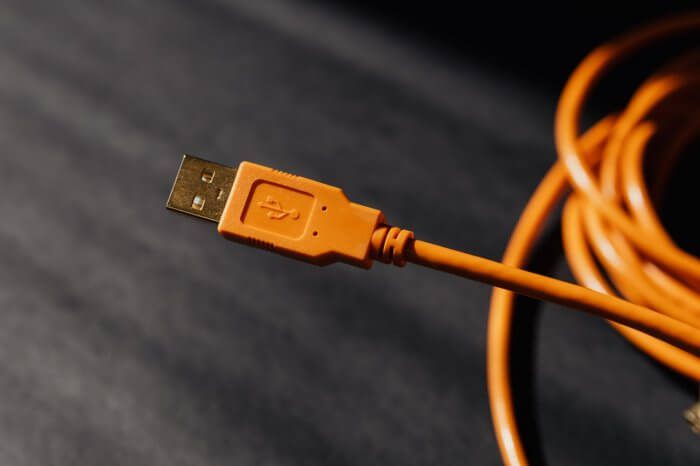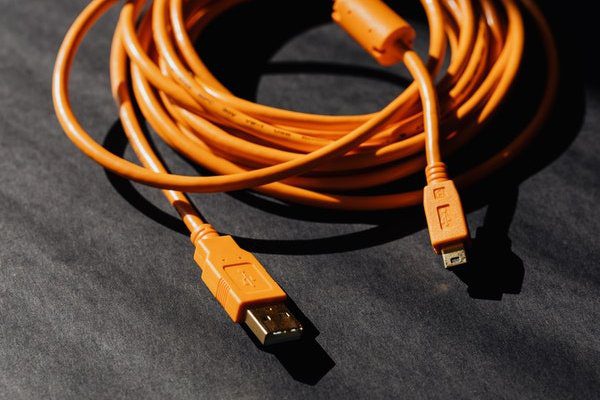
Almost all of us are familiar with the Universal Serial Bus or USB. As a low-cost way to connect a wide range of peripherals to a computer, USBs have been a revolutionary find. One of the most popular plug-and-play devices, USBs have made our lives easier. Although most of us have used a USB extension cable, not many of us are aware of the difference between an active and passive USB cable.
Active USB cables explained.
At the outset, both USB cables look alike and seem like any other regular cable – a wire with a rubberised exterior. But it is not as simple as that. Most of us are familiar with a passive USB cable and not with active USB cables. So, let’s take a closer look at these cables.
A passive USB cable is called so because it merely transfers the data through it. The cable will not interact with the device beyond sending the data from one device to another. In short, it is a wire with a few protective coatings.
On the other hand, an active USB cable has small electronic circuits which boost the intensity of the data being carried by the cable at one or both ends. Active USB cables are effective in warding off signal degradation due to attenuation. In short, an active cable helps your USB connection go further by repeating the signal and extending it to retain quality all the way.
Where should you use active USB extension cables?
Just because the active USB cables are more effective, it doesn’t mean you have to use it everywhere. Generally, it is better to use an active USB cable if the quality of the connection is of paramount interest to you. For instance, an active USB cable might be the better choice for an office working on computers and performs a lot of data transfer. However, for a home, a good quality passive USB cable will more than suffice.
Active USB cables tend to be more expensive. So, it might not make sense for you to go for it for your office setup and not for your home.
Another area where it makes sense to use active USB is when you deal with some devices such as a virtual reality headset, or a high-quality display or monitor. In that case, it makes sense to get an active USB cable to enjoy the best experience offered by the device.
In short, it is the location and use to which the cable is put that will determine which type of USB cable you should opt for. In most residential and casual setups, the passive cable will do the job. But for any specialised environment and high-end devices, it makes more sense to go for active USB cables. This will make sure the data is transferred fast without losing out on data quality.

